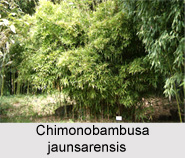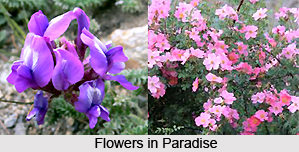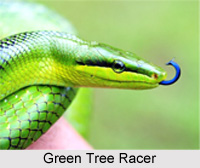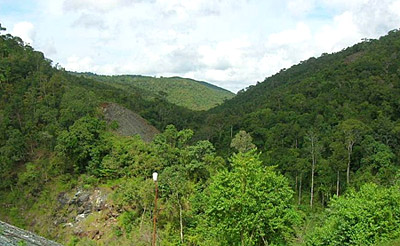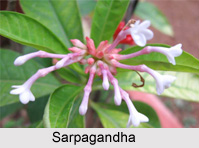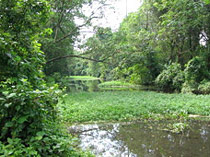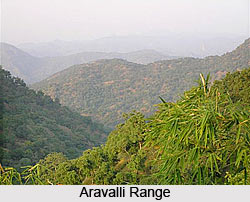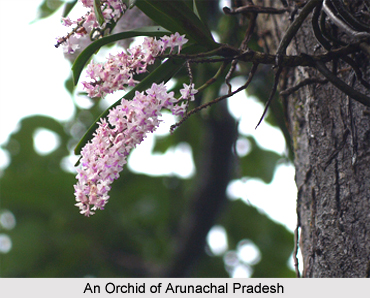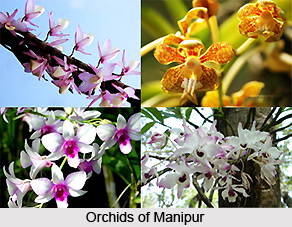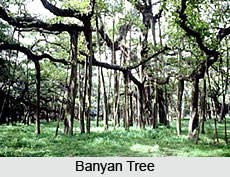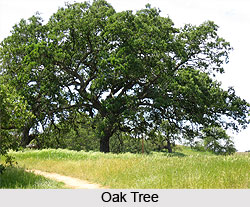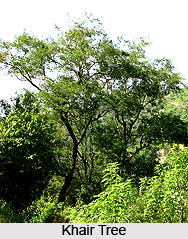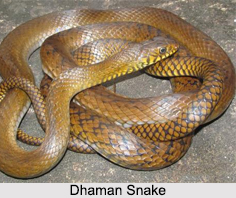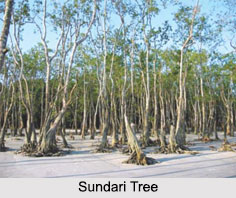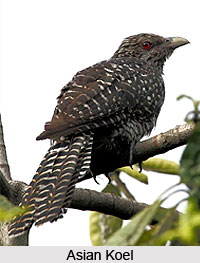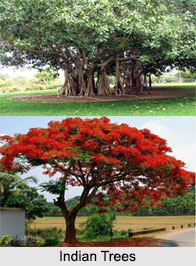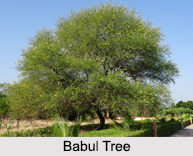 Hastyaluka, is an Indian Medicinal Plant, which bears the botanical name Dioscorea hispida Dennst. Found in most of the humid parts of India, to an altitude of about 1200 m in Sikkim and the Khasi Hills in Meghalaya. Hastyaluka is also found in peninsular India to an elevation of about 300 m in the Eastern and Western Ghats. Hastyaluka is known as Baichandi and Karukanda in Hindi, Podava-Kilangu in Malayalam, Peiperendai in Tamil and Pedumpa, Pulidumpa and Tellaginigeddalu in Telugu.
Hastyaluka, is an Indian Medicinal Plant, which bears the botanical name Dioscorea hispida Dennst. Found in most of the humid parts of India, to an altitude of about 1200 m in Sikkim and the Khasi Hills in Meghalaya. Hastyaluka is also found in peninsular India to an elevation of about 300 m in the Eastern and Western Ghats. Hastyaluka is known as Baichandi and Karukanda in Hindi, Podava-Kilangu in Malayalam, Peiperendai in Tamil and Pedumpa, Pulidumpa and Tellaginigeddalu in Telugu.
Hastyaluka, the Indian Medicinal Plant is a biennial climber that is rarely cultivated. The prickly stem of Hastyaluka is winded clockwise to the left. Tubers of Hastyaluka are more or less depressed-globose that are often lobed. Sometimes the tubers are slightly elongated and borne close to the surface of the soil. Indian Medicinal Plant, Hastyaluka have trifoliate leaves that borne prickles which are alternatively arranged, with 10-20 cm long petioles. Wedge shaped and oval leaflets, sharpened tail-like tipped apex with a tapering base are some of the physical features of Indian Medicinal Plant Hastyaluka. Bulbils are absent in Hastyaluka. . Flowering period of Hastyaluka occurs between July and September and fruiting takes place from September to December. The male flowers of Hastyaluka have dense cylindrical spikes with prickles. Hastyaluka bornes fruits that are rounded at both ends. Though the flesh of Hastyaluka tuber is poisonous, it is used in healing of ulcers and to kill worms in infected wounds. According to Ayurveda, the tuber of Hastyaluka is used externally as a substitute for Varahikanda
